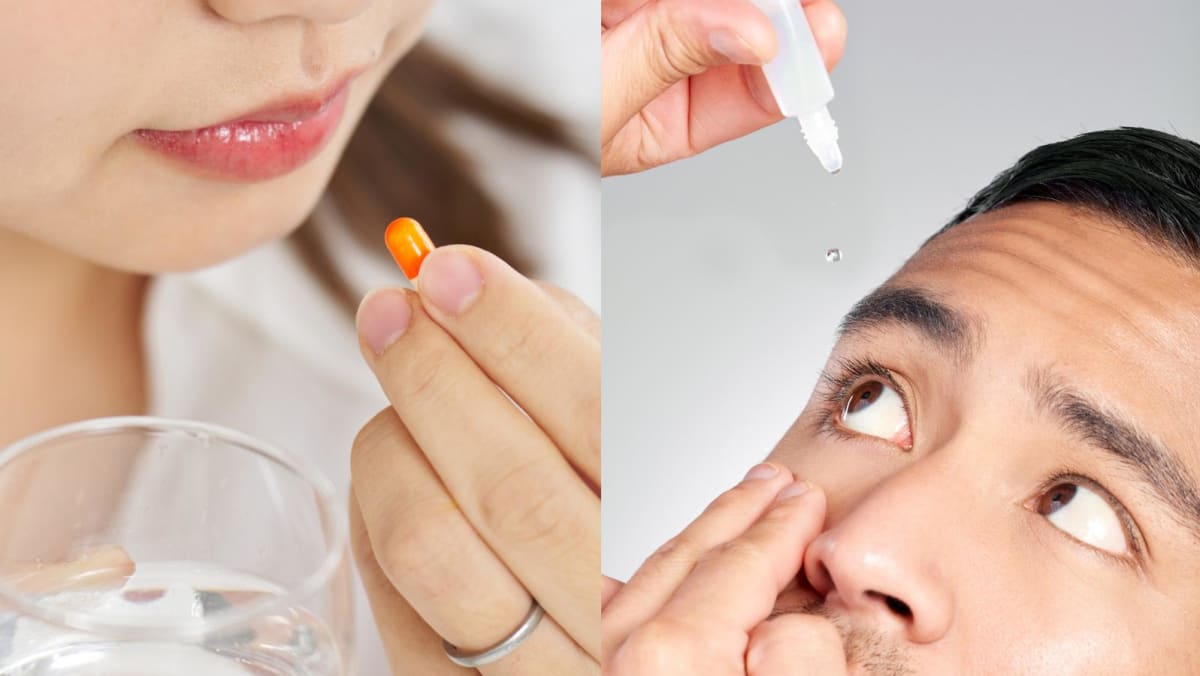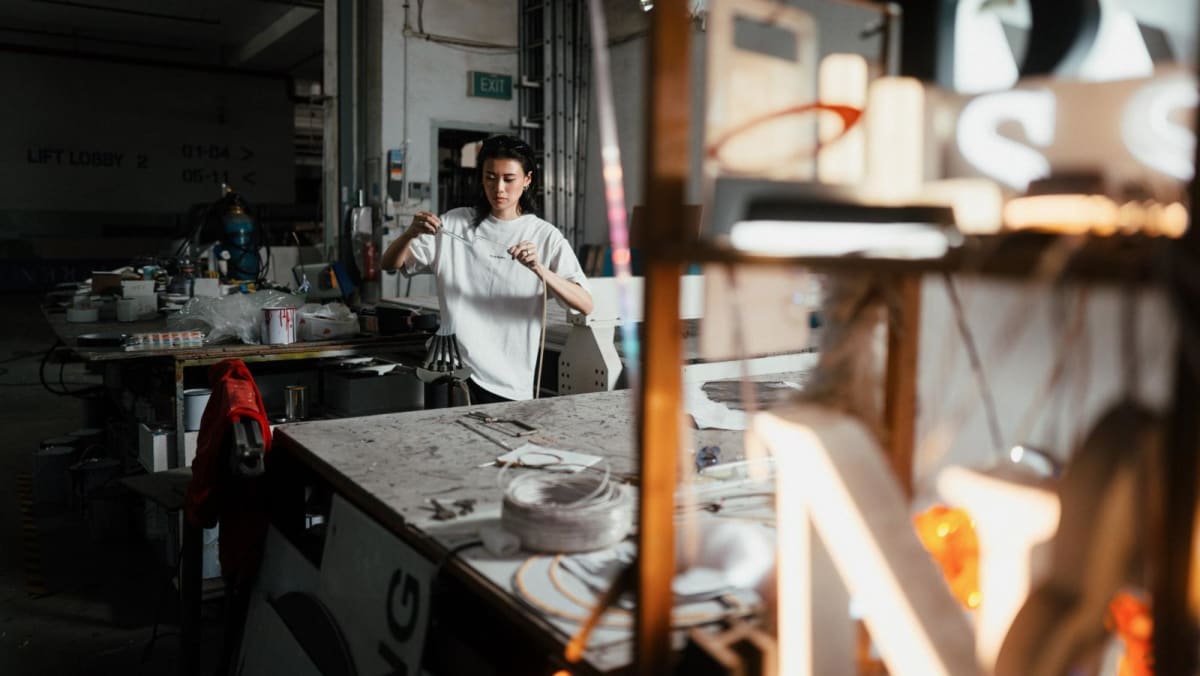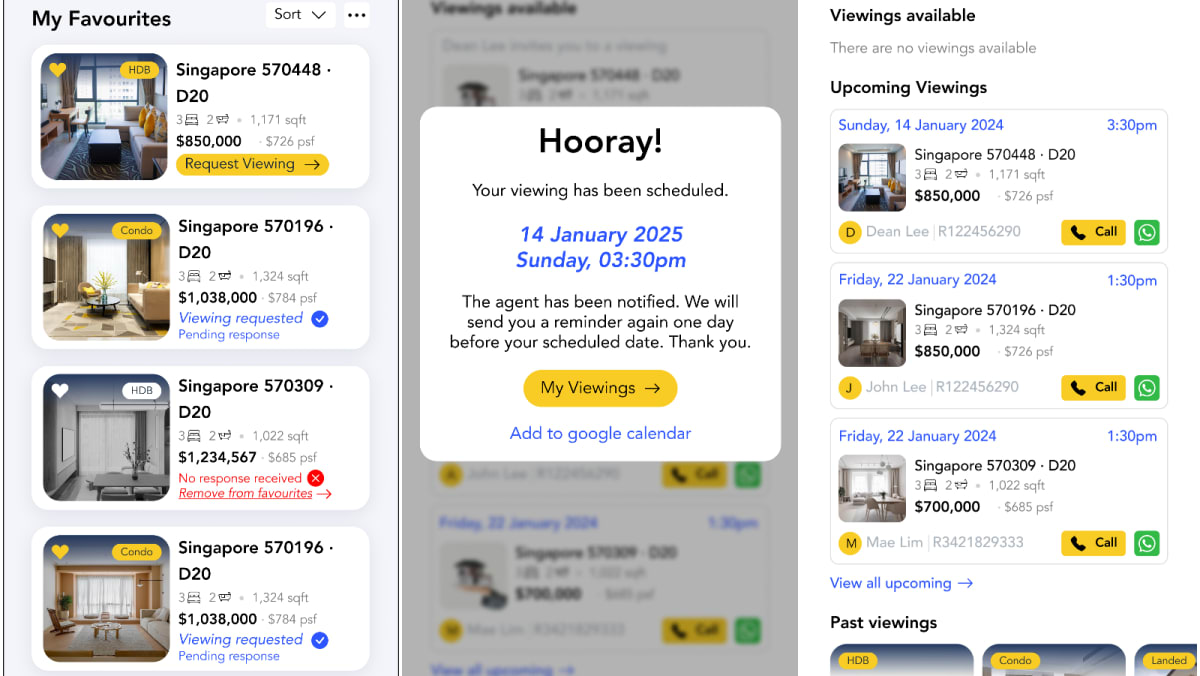To improve your aim, “rest the hand holding the bottle on the back of the hand pulling the eyelid”, said Tan. “This way, you can be more certain of the distance between the bottle and your eye. Then, with the tip of the bottle positioned steadily within your sight, the droplets are more likely to get into your eye.”
If you blink a lot, Dr Wong suggested looking to the side or up instead of directly at the dropper. “Place a clean tissue just below the eye to help absorb excess droplets, reducing discomfort,” he said.
Avoid squeezing or spraying because the droplets’ high speed makes it more uncomfortable for the eye, said Adjunct Associate Professor Loon Seng Chee, the head and a senior consultant with AH’s Department of Ophthalmology.
It is important to maintain the eye drop in the eye for about a minute for it to work, said Tan. Consider closing your eyes and/or compressing the corner of your eye near the nose after applying, she said.
3. What if that still doesn’t work?
Try an eye-drop-assistance device. “They come in many different designs, from the silicone sleeve that rests on the nasal bridge to the plastic device placed around the eyeball,” said Tan.
“The benefits of these devices are not universal as there are variability in the challenges faced by each individual, facial features and even the force requirements of eye drop bottles,” she said.














